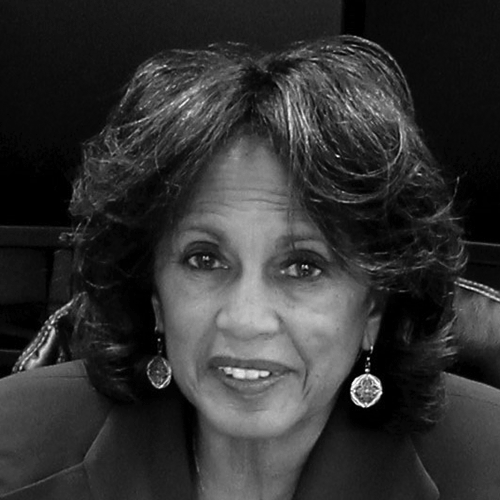
Beverly Malone, Ph.D., RN, FAAN
President and CEO, National League for Nursing
Each day, pandemic life brings another tale of heroism in nursing. Forever etched in our memories, these caring professionals paint a picture of diversity, integrity, caring, and excellence.
One after another, frontline nurses have shared harrowing stories filled with overwhelming sadness and heartbreaking loss. Caring for desperately ill patients admitted alone to hospitals, fearful and suffering, nurses have stepped up to help them communicate with loved ones, largely through a computer screen and often in their final moments alive.
At the same time, the world has witnessed the unabashed joy nurses and others on healthcare teams have experienced when able to escort patients who have recovered to hospital exits and watch tearful reunions with relieved, grateful relatives.
The contrasting realities of loss and recovery spotlight how during these long months, COVID-19 has put nurses at all levels of experience to the test. The demands of the pandemic aggravated a shortage of nurses that has long plagued the field, while also further constraining the sites available for hands-on, live clinical instruction. Everyone, from novices to veterans, continue, even now, to seek new and better strategies and resources to handle unanticipated, devastating health crises.
Career opportunities
Nursing education — responsible for preparing the frontline nursing workforce — must take full advantage of this pandemic-triggered disruption to business-as-usual in academic institutions and healthcare systems. Amid the shifting landscape, the pandemic has highlighted the abundant career opportunities in nursing, including those in nursing education.
To open the admissions pipeline for qualified applicants to nursing programs across the spectrum of higher education, far more master’s-prepared faculty must be recruited over the coming years. There is a pressing need for more nurses with doctorates in educational technology and areas of scholarship in nursing education to innovate and transform approaches to nursing education.
It will take the collective creativity, vision, experience, and imagination of leaders in nursing education to achieve sustainable educational excellence, embodied in evidence-based best practices in classroom and clinical instruction.
Furthermore, nurse educators must help establish pathways for nurses to expand outreach to underserved communities that have long lacked access to quality health care, along with safe, affordable housing, educational opportunities, and plentiful fresh food and water. Such communities have disproportionately borne the greatest burden of COVID-19 infections and death. Research to develop novel curricular and instructional protocols to correct these inequities will have tangible, concrete positive effects on the health of individuals, families, and entire neighborhoods.
Looking back
In this Year of the Nurse and the Midwife, I can’t help reflecting on how nurses have always taken on leadership roles in times of crisis. Think for example about Florence Nightingale and Mary Seacole during the Crimean War, and the conditions they had to face — how cholera, typhus, dysentery, and other illnesses were taking the lives of so many of the soldiers in their care. Yet they never gave up.
Nor did Clara Barton, who founded the Red Cross after confronting the atrocities on Civil War battlefields. Or Lillian Wald, who deplored the conditions she observed among immigrants on New York’s Lower East Side, which led to her founding the Henry Street Settlement House.
Nursing has a rich history of leaders who stepped up to meet the unique challenges of their times. Today’s frontline nurses and the nurse educators behind the scenes stand atop their shoulders, and as those who came before us, we have not and never will give up — our patients are far too precious for us to quit.

